Name a British astronaut... how about Helen Sharman?
Three decades ago, Britain’s first astronaut, Helen Sharman, travelled into space. Now she’s turning her focus to science communication. So why do so few people know who she is, asks Mick O'Hare
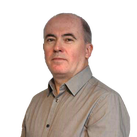

It’s like the old Peter Ustinov joke. When the writer and raconteur of Russian descent was at school in England, his teacher would demand: “Ustinov, name a Russian composer.” The young pupil would answer correctly “Rimsky-Korsakov, sir.” To which his teacher would snort: “Wrong. It’s Tchaikovsky – everybody knows that.”
It’s an experience Helen Sharman might recognise:
“Name a British astronaut.”
“Helen Sharman.”
“Wrong.”
The answer, as any schoolchild will tell you, is Tim Peake – everybody knows that. It’s now been only five years since Major Tim flew to the International Space Station (ISS), becoming a national hero overnight.
But Helen Sharman beat him into space by a good quarter of a century when she became Britain’s first astronaut three decades ago this month. Why Peake’s achievement seemed to make more noise than Sharman’s is difficult to pin down. Maybe it’s the internet age, the modern cult of celebrity, the 24-hour news cycle… just Google “British astronaut” and see what you get.
Not that this stuff concerns Sharman in any way, the two are friends and it would be a tough task to find a more modest, self-effacing individual on the planet, or indeed in orbit. But Sharman is seemingly set to play the role of Rimsky-Korsakov to Peake’s Tchaikovsky.
That she speaks Russian only adds to the Tchaikovsky irony. Sharman’s flight was to the Soviet Union’s Mir space station 19 years before the ISS was first occupied. And now, 30 years later, she is still setting herself lofty goals. Her mission today is to encourage children and young people to learn more about science and prepare them for a future which she believes will be ever more geared to technology and command of the sciences.
If Covid has taught us anything it is that science can work for us. What is the point of science? Fixing a pandemic
“Climate change is the single most important issue facing our planet,” she stresses. “So many jobs will be created around alleviating this and creating the technologies we’ll need for the new industries. But scientists are an ageing cohort. It’s estimated that hundreds of thousands of technicians and engineers will be required in the near future to service these new opportunities in the UK alone.”
Yet she fears science teaching is not always a priority for government mainly because our political system is, by nature, short-termist. She sees education as the counter to this and is keen to inspire teachers, some of whom are expected to teach science without themselves having the support that allows them to do this. “Our teachers are very enthusiastic and motivated but some, especially at primary school level, are being asked to teach sciences for which they are not qualified, and for which they have little time to prepare. Of course, some non-scientists still manage to do an excellent job but if you don’t feel comfortable with a subject, it’s tough to interest a six-year-old. But if you can they may stay interested for life. Ensuring primary level science teachers have science qualifications or training for the job is vital – perhaps ‘travelling’ science teachers is the answer – and over the long term the economy would reap the benefit of more schoolchildren appreciating that science is fun and relevant as they move into secondary school.”
The Covid pandemic has, of course, belied the common notion that science is irrelevant. “If Covid has taught us anything it is that science can work for us. What is the point of science? Fixing a pandemic,” Sharman says emphatically. “Vaccines, mathematical modelling, biology, all have been brought to the fore.” Consequently she believes science can aid democracy too, informing voters that big issues frequently involve scientific responses.
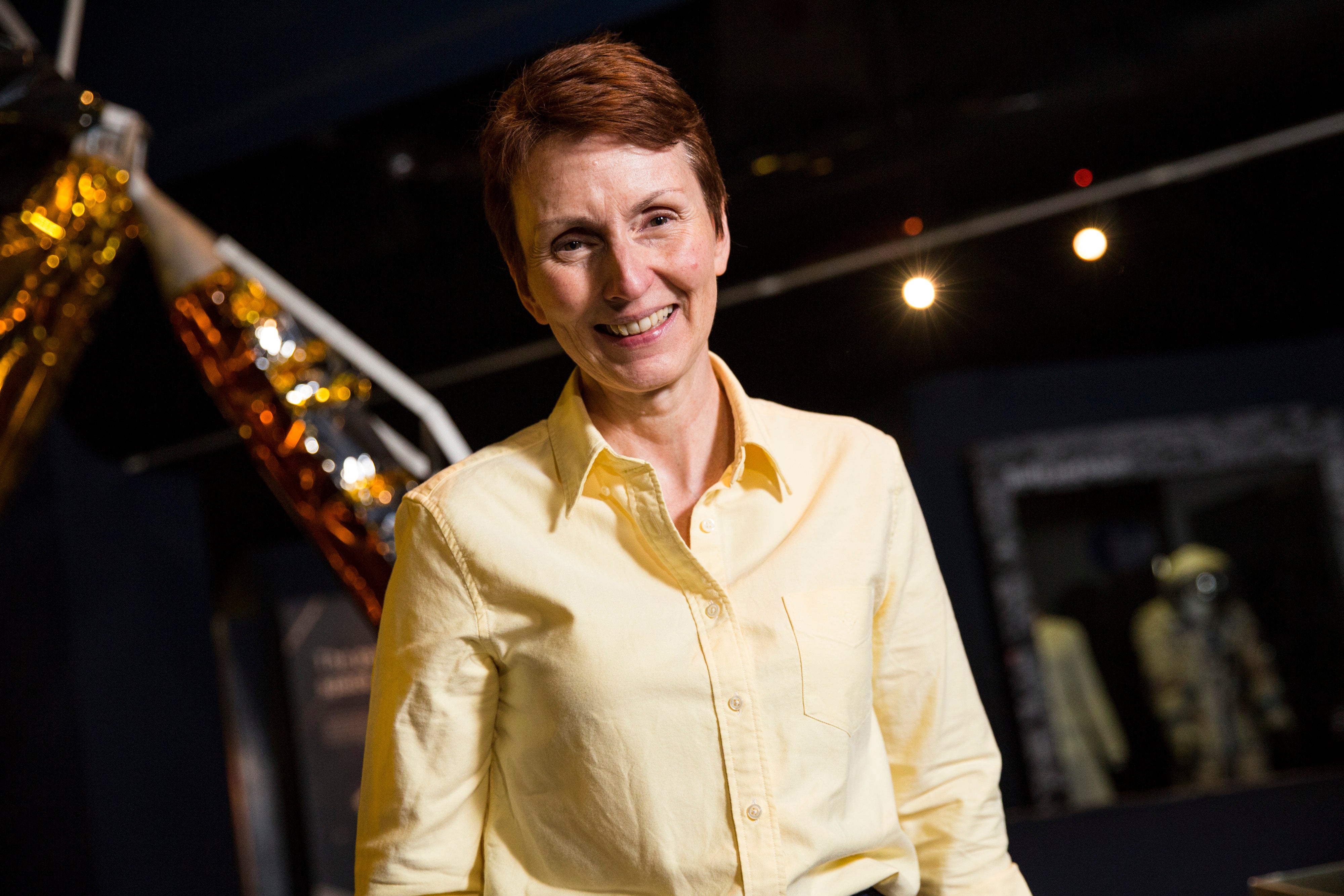
But it’s not just these big issues that make the point about science’s relevance insists Sharman. “Science is also about everyday life. Baking a cake is science; so is wondering why the sky is blue. We are told science is difficult, but we are not taught that playing a musical instrument is difficult or writing a poem. We are encouraged to do these things at school, but science is considered ‘hard’. We should integrate it into normal life as we do with music and art.”
She does think that it’s a peculiarly British phenomenon that we consider scientists “a bit weird. But they are real people with everyday interests like football, food and movies. Perhaps we need to make that case. I’ve found it’s different in other countries,” she adds. “The whole geek and boffin thing needs a rethink.”
And while she is not overly concerned with the modern cult of celebrity she accepts that to get the message out there in what is increasingly a celebrity-driven world, using her status and that of others such as TV professors Brian Cox and Alice Roberts, can change perceptions.
After she returned from space, Sharman went on a national tour of schools. At one, the children were encouraged to write about her visit. One young pupil wrote: “The astronaut Helen Sharman came and she was a normal person.”
“That’s when I realised we need to dispel the myth of the scientist’s white coat, or the astronaut’s spacesuit,” she recalls. “Let’s explore our normal existence through science.” It’s the relevance message again.
Being open, honest and expressing concerns were welcomed – the Soviet system was collegiate – everyone was treated the same
“Science communication is my life now,” she says. She is represented by DBA Speakers, invited to address companies, governments and academia to talk at events worldwide and is launching a new podcast with Imperial College London and Saab. “We’ve called it ‘Zero Pressure’,” she laughs, “because my conversations with leading science figures will be relaxed and informal. Hopefully,” she laughs again.
She now has a long string of titles to her name: president of the Institute of Science and Technology, ambassador for the Royal Osteoporosis Society (“Bones change in space,” she points out) and fellow of the Royal Aeronautical Society among others. But that, of course, is in the here and now – 30 years ago she was springing to prominence in a very different way. She was about to become an astronaut.
Or was it a cosmonaut? After all she was trained in the Soviet Union and was about to fly in a Soviet spacecraft to a Soviet space station. “Either is fine,” she says. “It’s more a matter of which language you speak rather from where you are launched. It probably mattered more during the Cold War.”
What’s certain is that, growing up, Sharman expected to be neither. “People like me didn’t go into space,” she says. “Maybe I wasn’t brought up to think big, I had a normal life, my mum was a nurse, my dad worked in further education. It looked like I’d lead an everyday existence.”
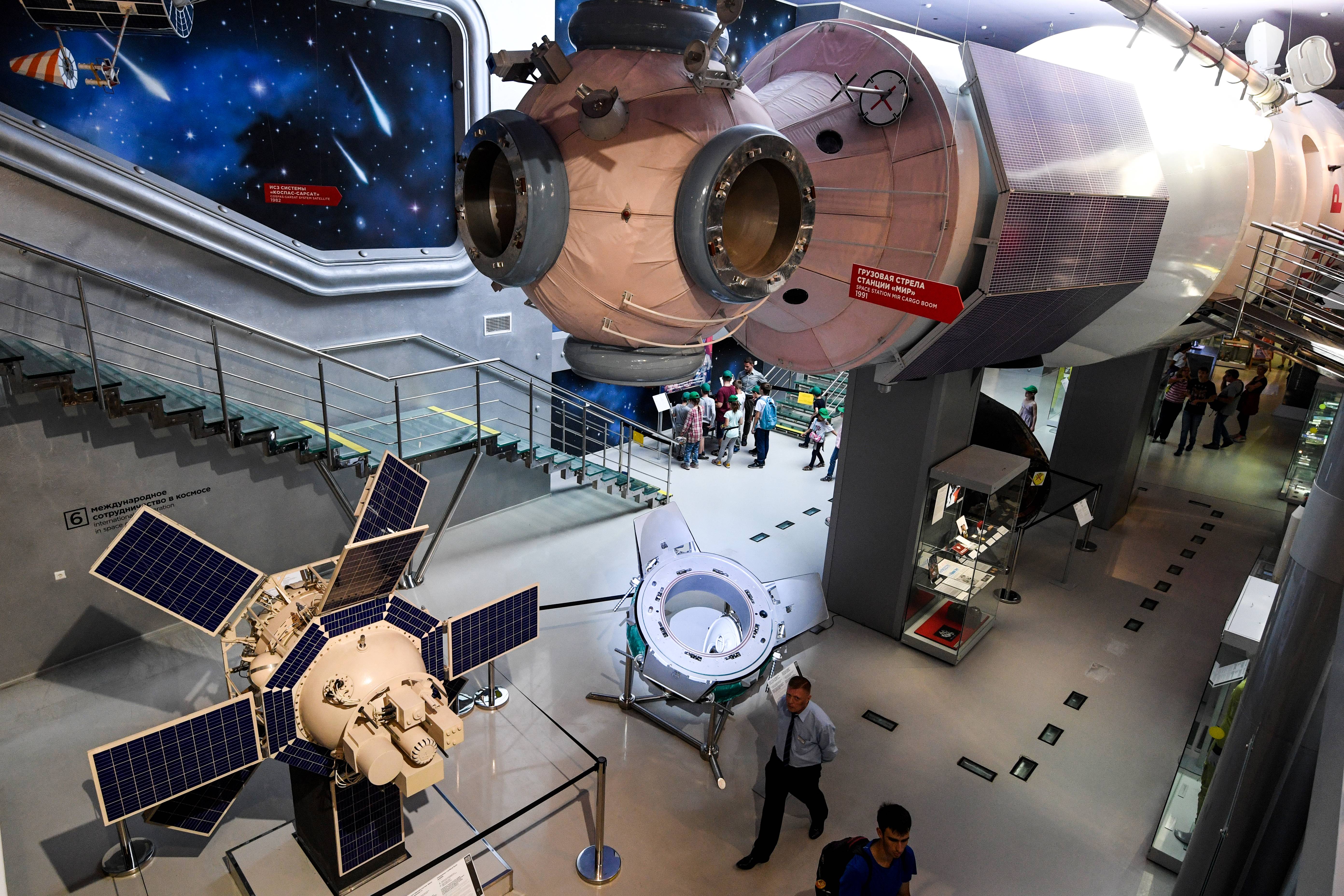
What she did do, though, was study science. “I thought a chemistry degree would keep my options open because I didn’t really know what I wanted to do.” She moved from Sheffield to London and worked as an industrial scientist at GEC and then Mars Confectionary. And then in June 1989 she heard a radio advert searching for the first Briton to fly into space.
There was no British space agency at that time – the cost to the government was apparently prohibitive – although some Brits had trained with Nasa until the Challenger space shuttle disaster in 1986 curtailed the programme. But as part of Russian premier Mikhail Gorbachev’s attempts to liberalise and reform the USSR, the Soviet Space agency had been making overtures to western governments, looking for astronauts to fly to Mir. Although Gorbachev had a benevolent relationship with British prime minister Margaret Thatcher, the British didn’t want to splash the cash so it was left to a private consortium, Project Juno, to step into the funding breach. It was an opportunity to promote British science and space exploration, and it was their advertisement Sharman heard.
Thirteen thousand phone applications were whittled down to 250. Medical, psychological and motion sickness tests at the Institute of Aviation Medicine in Farnborough got that number down to four who were sent to Star City near Moscow for final evaluation.
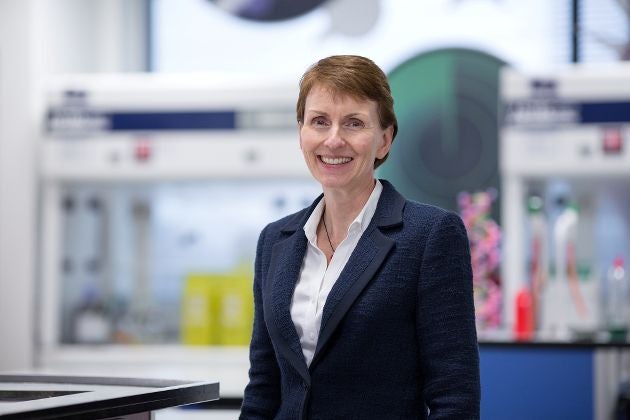
The Soviets selected two. Sharman and Timothy Mace. Both would go through the full programme – a backup was always required in case of last-minute problems. Near the end of 18 months of intense training one of them would get the nod. “I admit I thought it would be Tim,” recalls Sharman. “Maybe I was suffering from imposter syndrome thinking it couldn’t possibly be me. Tim spoke well, had a military background, a degree in aeronautics, he was blonde, had blue eyes and, crucially, was male.”
But the instructors were looking for other attributes. “A major part of the decision was based on how well you got on with colleagues, how you functioned in a team. Being open, honest and expressing concerns were welcomed. The Soviet system was collegiate – everyone was treated the same. This turned out to be my strength,” she says. After 15 months Sharman knew, barring illness or accident, she would be Britain’s first astronaut. She recalls Mace being characteristically gracious.
It had been an intense programme, most of it at the cosmonaut training centre at Star City, but also at mission control in Moscow, the Kazakh launch and landing grounds and in the sea off of Crimea, in case of an unintentional splashdown in water. They worked mainly in the simulator while training for weightlessness involved the notorious “vomit comet” an aircraft that simulated gravity-free environments by flying a parabolic arc frequently leaving trainees feeling nauseated.
We couldn’t hear mission control because we were on the other side of the planet. There was the potential to fatally damage the station but his aim was true
“Essentially I lived for two years as a Soviet citizen,” she recalls, “learning Russian and cosmonaut culture, away from family and friends.” Perhaps the most difficult aspect was learning Russian. “My teacher didn’t speak English. There was no email or mobile phones then – just to speak to my mother I had to book a call with the operator. But I gained so much too.”
Yet just as everything was shaping up, Juno’s funds began to run out. The Soviets were charging a fee of around £7.5m and the expected sponsorship had not been forthcoming, and the British government refused to step in.
Sharman found herself in an invidious position. “I didn’t know from one day to the next if I would actually fly,” Sharman says. “I carried on as if I would but it was mentally tough; potentially a dream snatched away.” But she was lucky, Gorbachev’s friendship with Thatcher and his desire for improved international relations meant the Soviet-state-owned, London-based Moscow Narodny Bank – already underwriting some mission costs – stepped in and upped its stake. “What disappointed both Tim and myself though was that to save money, ambitious British experiments in microgravity were dumped. In fact we were told that to cut costs we would just be sent to float around in Mir doing very little. I thought the science was important and so did Tim, so we put up a front, saying we would not go for the sake of going.” In the end some experiments devised by British schools and others taken over by Russian laboratories were included.
Launch and landing are considered the most stressful times for everyone involved from astronauts to mission control, but Sharman explains the preparation and the culture mean the fear is effectively trained out of you beforehand. “There is apprehension. When you are sitting in the Soyuz capsule on the launchpad on top of huge fuel tanks it’s not like you are unaware. But for me, more taxing was that on launch day [18 May] I was big news – the cameras were on. And even more fraught was what happened when we got to Mir.”
Soyuz had approached Mir at the wrong angle meaning an autopilot docking was impossible. “We had trained for a manual docking,” says Sharman, “but you hope it won’t happen. And it was the first flight for our commander Tolya [Anatoly Artsebarsky] who was called into action. We couldn’t hear mission control because we were on the other side of the planet. There was the potential to fatally damage the station but his aim was true. Perhaps it’s not so much that the fear is trained out of you, it’s more that ‘non-fear’ is trained into you. There is no unknown you haven’t planned for by working through everything and understanding how the team will work. We had to dock manually, so we docked manually.”
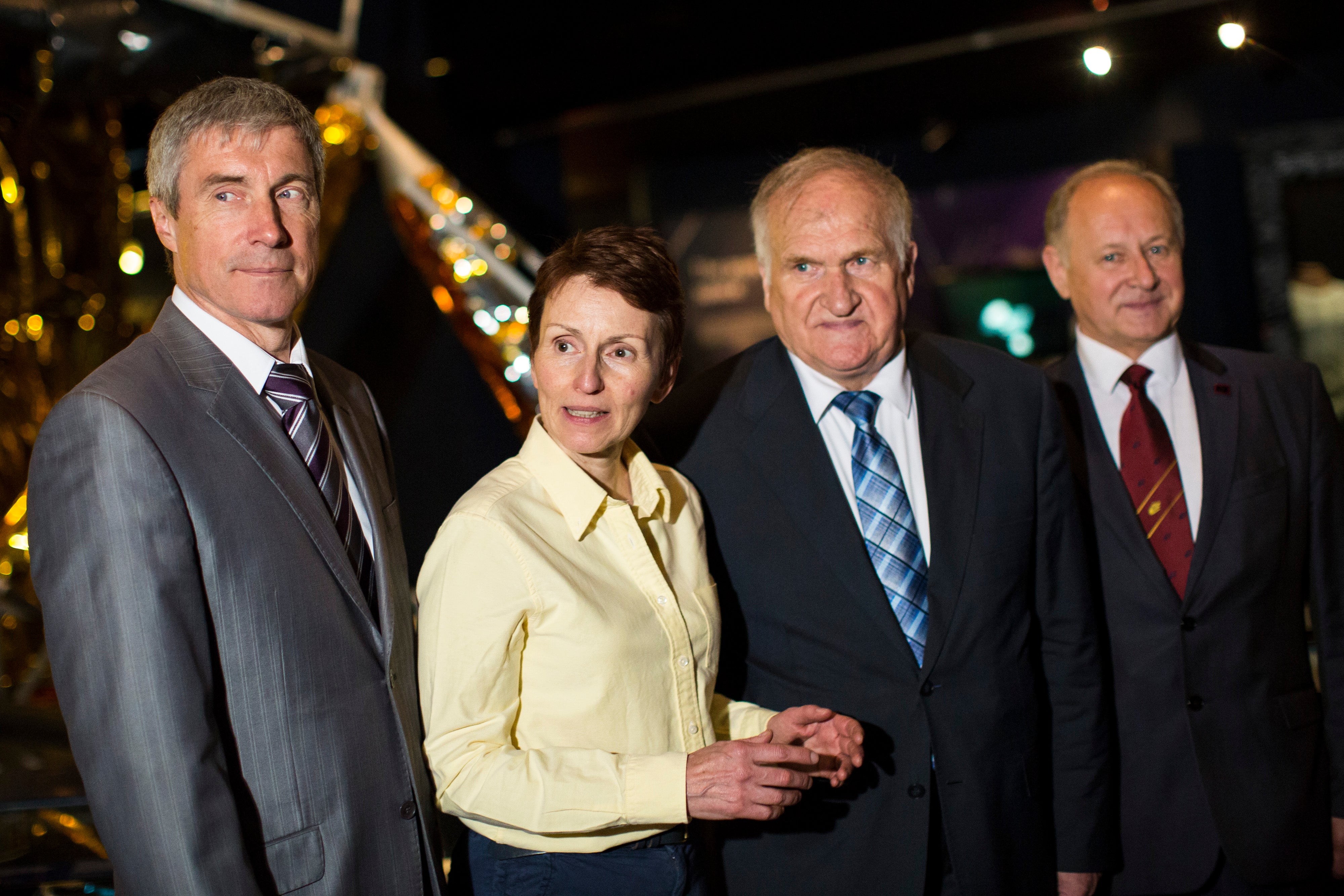
Her other companion on the flight was Sergei Krikalev who would later gain notoriety as the cosmonaut who went into space a Soviet citizen and returned as a Russian citizen. During his time on Mir, the Soviet Union, already under political strain when he and Sharman left Earth, would later that year split into its constituent republics. As its government contended with demands for independence, ethnic and religious rioting, and the military coup of August 1991, Krikalev was forced to overstay his time on Mir. When he did return in March 1992 the Soviet Union no longer existed.
“I was aware of what was happening in the Soviet Union – the Berlin Wall had come down in 1989 so change had begun,” says Sharman. “But I was training on a Soviet military base and I think those working with me buried their heads a little. Gorbachev was attempting to open up society and people were learning about the world beyond the Soviet Union but of course normal life was going on.
“What did affect us was that Gorbachev’s political rival Boris Yeltsin was vying for power and complaining about the expensive space programme diverting funds from terrestrial problems. Fortunately for me, people were proud of their nation’s space legacy and he had to back down somewhat. While I was on Mir – perhaps to make a point – Gorbachev spoke to me and the other cosmonauts from the Kremlin. I wish I’d planned something profound to say,” she jokes ruefully.
But it still feels like yesterday. I’m still friends with my colleagues Tolya and Sergei, it’s an indelible bond. Sharing something so significant in a hazardous environment – you become close
And life on Mir? That it was often described by others as cramped, noisy and rackety seems not to have concerned Sharman. She rarely watches space movies but for Earthbound types wondering what life in space is like she says that the attention to detail of the special effects in Apollo 13 are the most realistic. “Weightlessness was wonderful,” she recalls of the actuality. “The only drawback was losing stuff, plus the hair and dust floating around. It made you sneeze.” Much of the time was spent carrying out the experiments they had taken. One of them confirmed and further developed the discovery that in zero gravity in which, obviously, there is no up nor down, plant roots will grow along a magnetic field which has significant implications for growing food in space and future interplanetary travel.
So what about the infamous Mir “smell”, supposedly rather off-putting? “I had been told to expect a garlicky odour,” Sharman remembers. “Spaceflight dulls your ability to detect flavour so the occupants always demanded spicier food. But I can’t say that I noticed it. Other than that, I recall any instrumentation we brought in from the vacuum of space had a strange metallic smell, maybe due the production of free radicals from the effect of space radiation.”
But it was the few moments between work which had the most profound effect. “Gazing into space and seeing the billions of stars, including all the dim ones unseen from Earth, makes you realise your complete, total insignificance, and the insignificance of our knowledge,” she says. “We could be wiped out in an instant and nobody would know we’d ever existed.”
On the return journey there was little to do once the re-entry capsule started to fall through the atmosphere. “You are in the hands of Isaac Newton,” says Sharman. “It’s dangerous, but exciting. You see the plasma building up around the spacecraft and the glow of the external surface of the capsule frizzling away and breaking off. There’s the bang of the parachutes opening and swinging beneath them and the 5.5G of deceleration. Stressful, but exhilarating. And then the thud of landing and you know it’s over. Sadness, a whole mix of emotions really.” Sharman was aware that it was a one-off mission. She wouldn’t fly to Mir again.
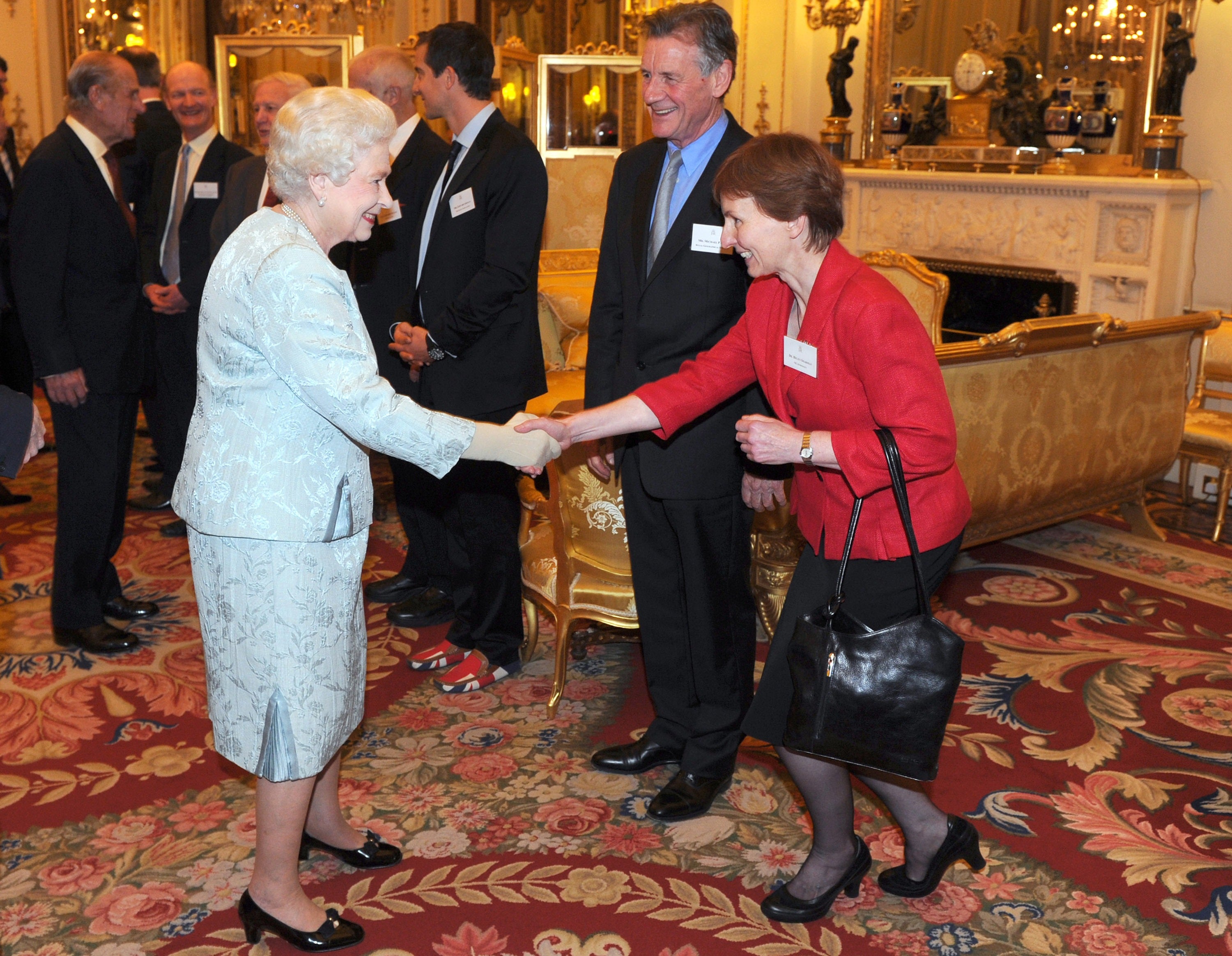
Mir burned up in the atmosphere over the Pacific in 2001. “It was an emotional time for me,” says Sharman. “The positive is that it was the start of international space collaboration between the Russians and the US as they focused on the ISS instead. Who knows how that will play out now,” she wonders. “But Mir had been my home, however briefly.”
Back in the UK she had to get used to meeting the press, being recognised in restaurants, her family being interviewed (they didn’t mind but it concerned her), and, of course, her tour of schools on a Department of Education programme: “Teachers helped and encouraged me to relate my experiences in space to their science lessons, and I realised that’s what my focus would be from then on.”
Apollo 11 astronaut Buzz Aldrin, the second man to walk on the Moon, often said that after space, life on Earth was mundane. A future spent advertising lawnmowers just didn’t cut it. Dire punning aside, Sharman’s character differs notably from that of the notoriously fragile and splenetic Aldrin. She feels very differently. “Effectively going into space was a big opportunity for me personally, but it also gave me a future where maybe I could make a wider difference. I’ve enjoyed life since returning from Mir.”
Rather like Ustinov, Sharman is an interviewer’s dream: friendly, articulate, intelligent and enduringly enthusiastic. She overturns the kidology of the taciturn, say-nowt Yorkshire person. At 27, she was young for an astronaut. “These days they want you to have higher degrees and a career,” she says. “I have lived longer since my flight, than I had before. But it still feels like yesterday. I’m still friends with my colleagues Tolya and Sergei, it’s an indelible bond. Sharing something so significant in a hazardous environment – you become close. They are the best friends I ever had.”
Read More:
And other than the friendships, what is her prized possession from that time? “I have a cover plate from one of the soft-landing engines on the Soyuz capsule that brought us back to Earth,” she says. “The engines fire to reduce the bump on landing. It’s a metal disc that the landing crew fashioned into a medal for me. It reminds me of the journey.
“I suppose 30 years ago I would never have expected people to still be interested,” she adds, “but I guess even today there are still only two British astronauts, and I was the first.” She will always be the first.
Join our commenting forum
Join thought-provoking conversations, follow other Independent readers and see their replies
Comments